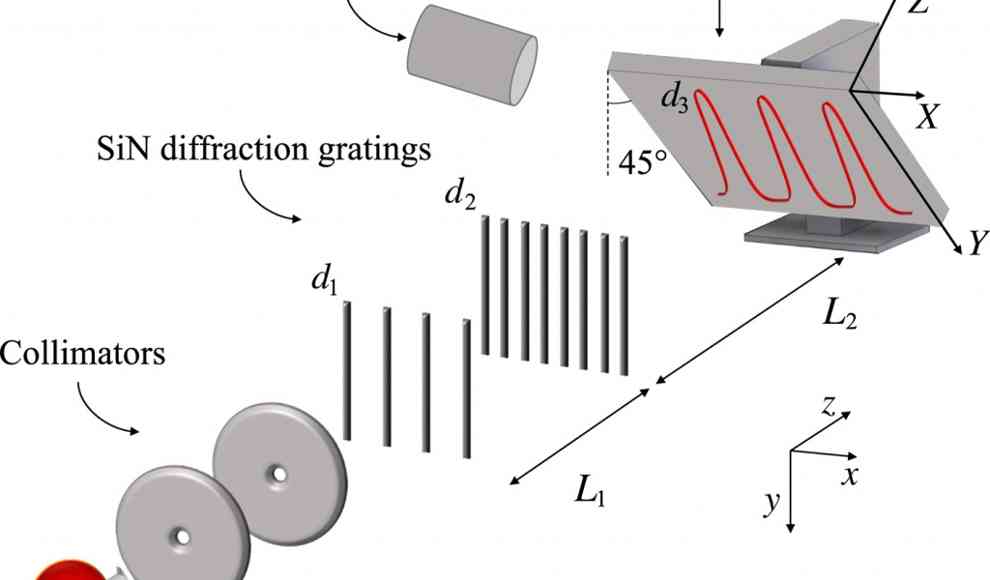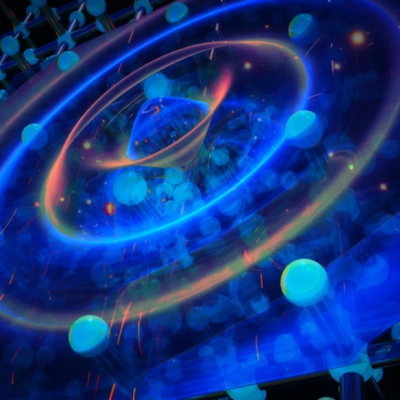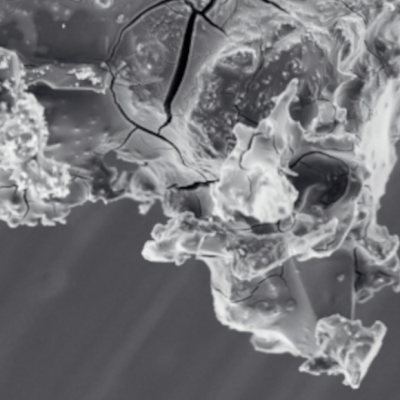The international QUPLAS collaboration has made a groundbreaking discovery by demonstrating interference patterns in antimatter for the first time. This breakthrough could potentially help prove the general theory of relativity and explain the imbalance of matter and antimatter in the universe. The experiment utilized a setup similar to the classic double-slit experiment to demonstrate that antimatter behaves not only as particles but also as waves. This discovery is significant as it confirms the wave-particle duality of antimatter, which was previously only proven through diffraction experiments.
The experiment involved shooting a positron from a source onto a detector, with a plate containing multiple slits placed between them. If the particles behave as particles, the detector will show a pattern with the same number of stripes as the number of slits. However, if the particles behave as waves, an interference pattern will appear with more stripes than slits. The scientists used a Talbot-Lau interferometer with a nuclear emulsion plate as a position-sensitive detector to accurately determine the impact point of each positron and reconstruct the interference pattern with a precision of one micrometer.
The QUPLAS collaboration, which includes scientists from the University of Bern, plans to use antimatter interferometry to test the validity of the weak equivalence principle, a fundamental principle of the general theory of relativity that has only been proven with matter. Additionally, this discovery could help explain the asymmetry between matter and antimatter in the universe. The potential applications of this discovery are vast, and it could lead to significant advancements in our understanding of the universe and the laws of physics.










